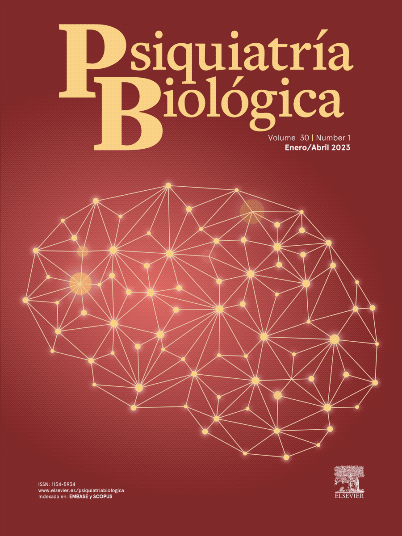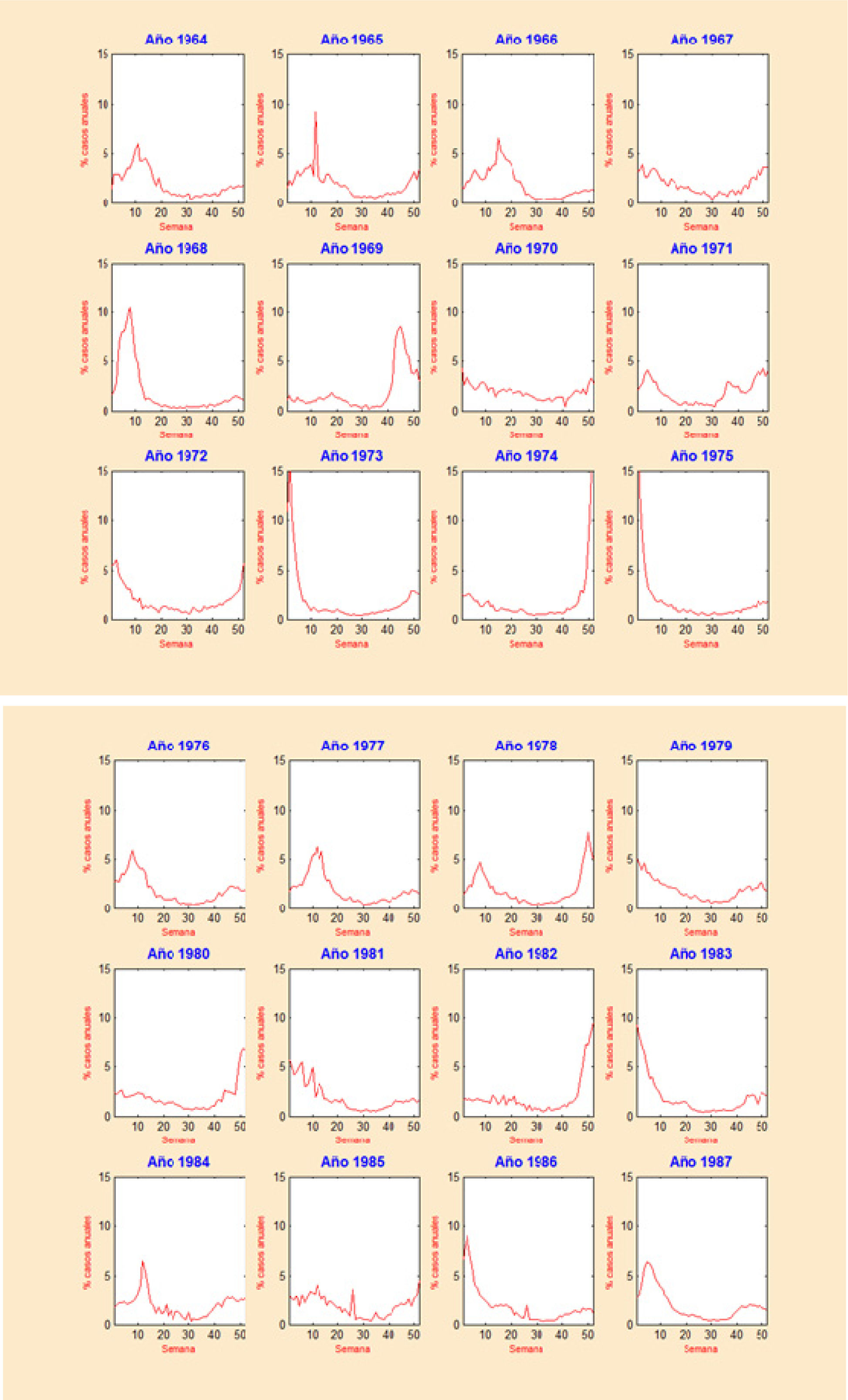La etiología de la esquizofrenia sigue siendo desconocida. Han surgido diversas teorías a partir del final de los años ochenta. La hipótesis de alteración en el neurodesarrollo en niños nacidos de madres que habían sufrido la infección por gripe (virus Influenza A) durante la gestación, se sustenta en la existencia de una mayor incidencia de esquizofrenia entre los nacidos durante los meses de invierno y primavera. Sin embargo, estudios realizados posteriormente muestran resultados contradictorios.
El objetivo de este estudio es comprobar si existe alguna relación entre las fluctuaciones de la incidencia de la gripe en la población general con la distribución de las fechas de nacimiento de los pacientes con esquizofrenia. Para ello se recogieron la totalidad de 5.911 nuevos diagnósticos de esquizofrenia hechos en Galicia, una comunidad autónoma española con una población total de 2.699.499 habitantes, entre los años 1999 y 2007. Y lo contrastamos con la incidencia de la gripe por semanas de la población general desde el año 1964 hasta el 2011.
Tras la realización del análisis estadístico de los datos no se puede concluir que exista ninguna relación entre la afectación por el virus de la gripe de la futura madre durante el embarazo y la afectación de esquizofrenia de la progenie.
The etiology of schizophrenia remains unknown. From the late eighties onwards, a range of theories has been put forward identifying various possible risk factors. One of these was the flu infection (Influenza A virus) during pregnancy, which argues, as a result of an increased incidence being detected in those born in the winter and spring months, that it can affect foetal neurodevelopment. However, the findings which correlate the two are contradictory.
The aim of this study is to link the fluctuations between the distribution of the dates of birth of patients diagnosed with schizophrenia and the distribution of the incidence dates of flu in the general population.
Between 1999 and 2007, a total of 5911 new diagnoses of schizophrenia were recorded in Galicia, an autonomous region of Spain with a total population of 2,699,499. Furthermore, we have the week-by-week incidence of flu in the general population from 1964 to 2011. On average, the incidence of flu is concentrated in the final 15 weeks and the first 15 weeks of each year, with a higher number of cases registered in the years 1973, 1975 and 2000.
To corroborate the causal hypothesis, the dates of birth of the patients diagnosed with schizophrenia were offset in order to determine the approximate week of conception. Subsequently, this was compared against the 48 weekly distribution of flu, one for each year recorded, by means of the •2 test. The result of this test rejects the possible causality between the incidence of flu in the mother and the development of schizophrenia in her child.

















